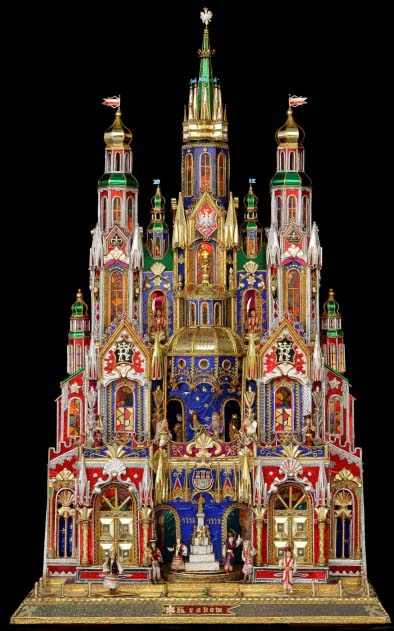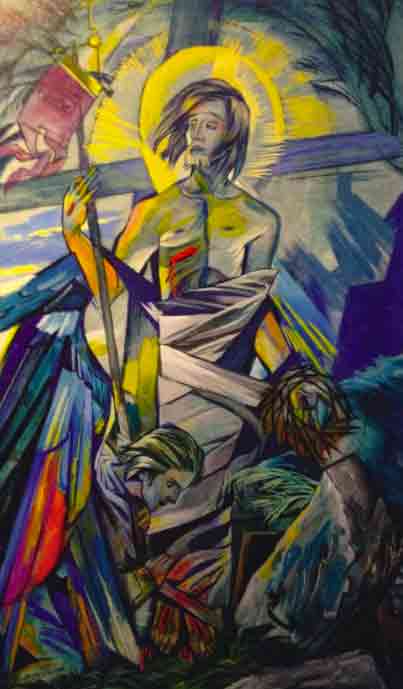Wicker is nothing more than young shoots of several species of willow, which are used in braiding. This name is also the common name for the purple willow, known as a braid, basket, or weaving. The greatest number of wicker braids was made in former Poland around Easter. Therefore, in Poland, basketry is often called an Easter activity.

Source: Wikipedia
In Kashubia and Pomerania
Easter wicker jugs were always placed on holiday tables, and inside them had to be a bottle with a yellow forsythia and catkins. Such decorations were always placed on Saturday, and right after Easter breakfast, willow bases, commonly known as kittens, were eaten from this bouquet. This was done for health and for every blessing.
In Polish Mountains
In the vicinity of Podhale, however, candles, which were lit around the clock on the first day of Easter, were placed in wicker baskets. Such baskets were placed both in houses in the largest of the rooms, where the most important holiday of the year was usually celebrated. They were also put outside the host's house to ward off the bad bad creatures that might have settled there during the winter.
In the Świętokrzyskie Region
The so-called wicker parades were known in the Świętokrzyskie region. At that time, young brides and young boys from the village took wicker baskets with candles in their hands and they all went to the nearby forest. There, to the accompaniment of devotional songs, the youth of the Świętokrzyskie Province expressed their innermost wishes, because, as was believed together with the light of candles, they come true faster. Sometimes, wicker baskets were put on long rods or sticks and such glowing cordons went around the whole village to spread the good and happiness everywhere, wishing everyone a happy holiday.

Source: sprzedajemy.pl
For Easter
Easter baskets in which food was brought to the church on Easter Saturday were also made of wicker. Such baskets had to be made of the best wicker branches. In Krynki, in Świętokrzyskie Province, the Easter custom of putting cards with wishes and requests to święconka was known. The local inhabitants of these areas believed that when the priest blessed them, the wishes written on these cards would surely come true.
Translation from Polish by Andrew Woźniewicz.









